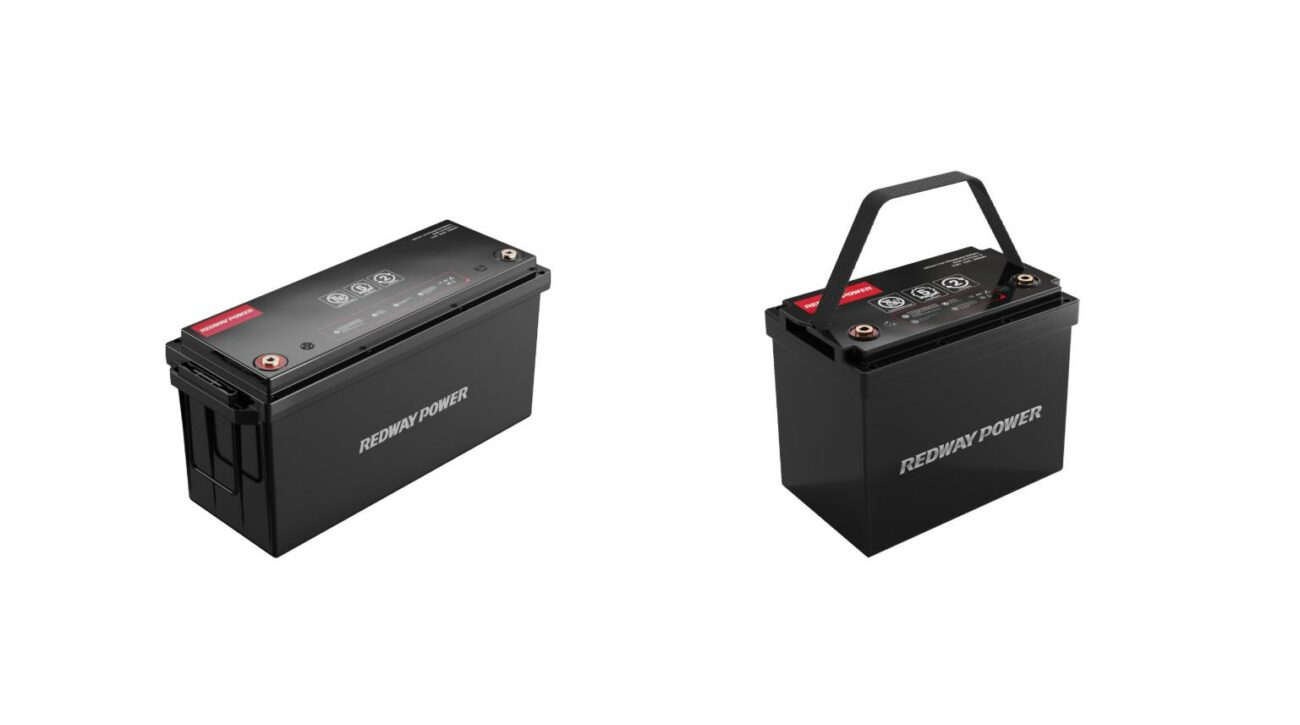Why Are LiFePO4 Batteries Ideal for Deep-Cycle Automotive Applications?
LiFePO4 (lithium iron phosphate) batteries excel in deep-cycle automotive applications due to their exceptional cycle life (3,000-5,000 cycles), thermal stability, and high energy density. They provide consistent power delivery for electric vehicles, hybrid systems, and auxiliary loads while resisting degradation from frequent deep discharges. Their lightweight design and fast charging capabilities further enhance automotive efficiency.
What features to look for in LiFePO4 car starter batteries?
How Do LiFePO4 Batteries Differ From Other Lithium-Ion Chemistries?
Unlike conventional lithium-ion batteries (e.g., NMC or LCO), LiFePO4 batteries use iron phosphate cathodes, eliminating thermal runaway risks. They operate safely at 60°C+ and maintain 80% capacity after 2,000 cycles. Their lower nominal voltage (3.2V vs. 3.6V) requires series configurations but ensures stability under high-current automotive loads.

What Makes LiFePO4 Superior for Frequent Deep Discharges?
LiFePO4’s flat discharge curve maintains 90% voltage efficiency between 20-80% depth of discharge (DoD), minimizing stress on cells. The absence of memory effect allows partial charging without capacity loss. Automotive-grade BMS (Battery Management Systems) optimize DoD thresholds, extending usable lifespan to 8-10 years in daily cycling scenarios.
Which Automotive Systems Benefit Most From LiFePO4 Deep Cycling?
- EV powertrains requiring 80%+ DoD daily
- Hybrid vehicle energy recovery systems
- 12V/24V auxiliary systems (winches, refrigeration)
- Start-stop engine configurations
- Regenerative braking storage
How Does Thermal Management Impact LiFePO4 Automotive Performance?
While LiFePO4 tolerates -20°C to 60°C, active thermal management maintains optimal 15-35°C operating range. Liquid-cooled battery packs achieve 95% efficiency at 2C discharge rates. Phase-change materials in modular designs reduce temperature spikes during rapid charging (≤1C recommended for longevity).
Which LiFePO4 car starter battery is best for your vehicle?
Advanced thermal systems use predictive algorithms to anticipate load demands, pre-cooling battery compartments before high-demand scenarios like hill climbs or towing. This proactive approach reduces peak temperature fluctuations by 40% compared to passive systems. Automotive manufacturers now integrate refrigerant-based cooling loops that share infrastructure with cabin AC systems, creating 22% more efficient thermal regulation while adding only 1.8kg to vehicle weight.
What Cost Savings Do LiFePO4 Batteries Offer Over Lead-Acid?
LiFePO4 provides 5-7x longer lifespan than AGM/Gel batteries despite 2x upfront cost. A 100Ah automotive system saves $1,200+ in replacement costs over 8 years. Weight reduction (70% lighter) cuts fuel/energy consumption by 4-8% annually. Opportunity charging during regenerative braking further lowers operational expenses.
| Metric | LiFePO4 | Lead-Acid |
|---|---|---|
| Lifespan (cycles) | 3,000-5,000 | 500-1,200 |
| Weight (100Ah) | 13kg | 28kg |
| 5-Year TCO | $1,850 | $3,400 |
Fleet operators report 63% lower maintenance costs due to zero required water refills and corrosion-resistant terminals. The ability to discharge to 90% DoD without damage enables smaller battery banks – a 60Ah LiFePO4 often replaces 100Ah lead-acid units, yielding immediate 40% space/weight savings.
Can LiFePO4 Batteries Integrate With Existing Automotive Electronics?
Advanced CANBus-compatible BMS modules enable direct integration with vehicle ECUs. Voltage regulators adapt LiFePO4’s 12.8V nominal output to legacy 12V systems. Smart balancing circuits maintain ±2% cell variance, ensuring compatibility with sensitive ADAS (Advanced Driver Assistance Systems) and infotainment electronics.
“Modern LiFePO4 automotive packs achieve 160Wh/kg energy density – 40% higher than 2019 models. Our 2025 prototypes feature graphene-enhanced anodes for 500A pulse discharges, critical for electric trucks. Properly engineered, these batteries outlive the vehicles they power.”
— Dr. Elena Marquez, Redway Power Systems
FAQs
- How many cycles can LiFePO4 handle in automotive use?
- Automotive-grade LiFePO4 batteries deliver 3,000-5,000 full cycles at 80% DoD, equivalent to 8-15 years of daily use. Partial cycling extends this further.
- Do LiFePO4 batteries require special charging systems?
- Yes. Use CC/CV chargers with 14.2-14.6V absorption voltage for 12V systems. Smart alternators with temperature-compensated profiles prevent overcharging.
- Are LiFePO4 batteries safe in crash scenarios?
- UN38.3-certified LiFePO4 packs feature ceramic separators and flame-retardant electrolytes. Crash tests show no thermal events below 150°C internal temperature.

